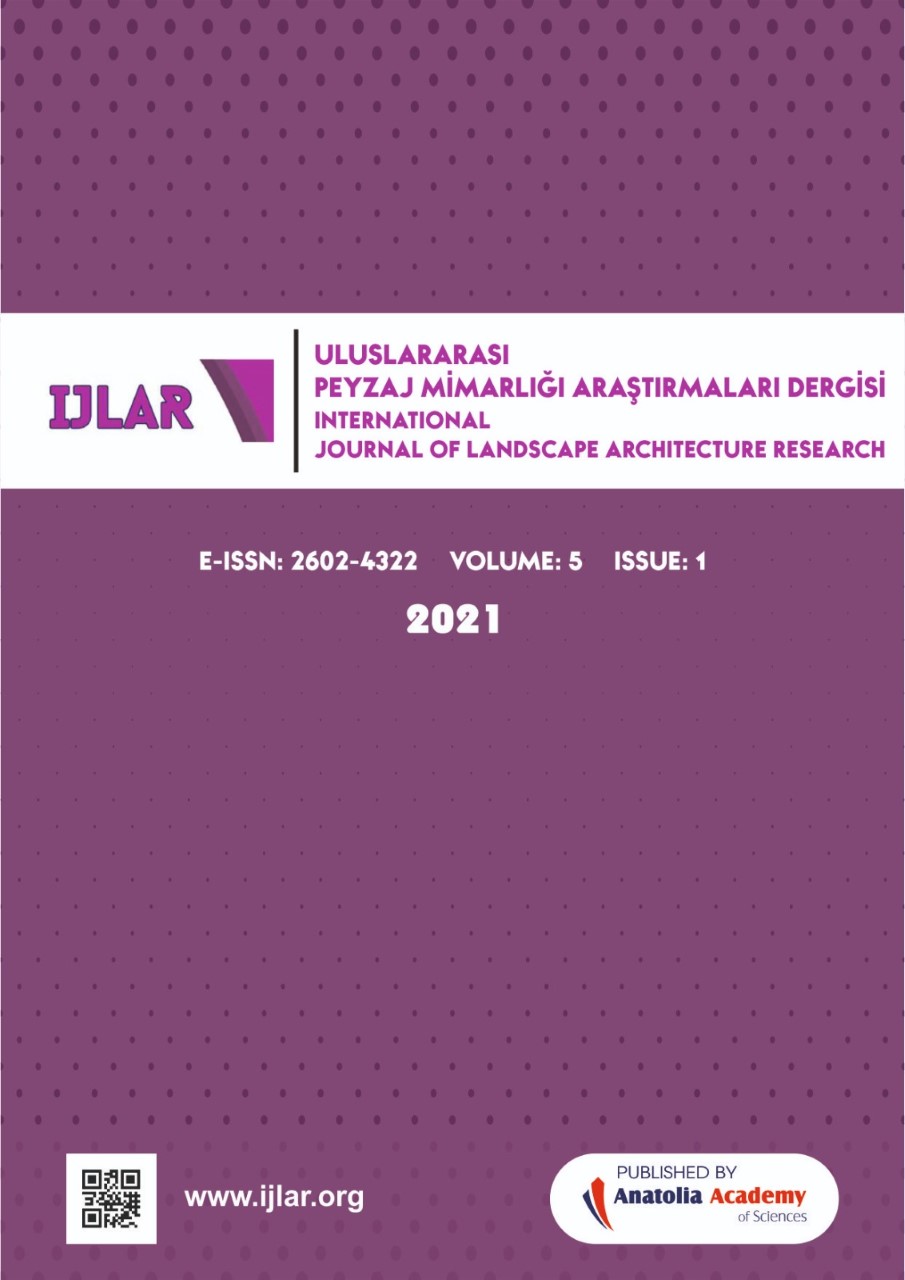TEMPORARY SPATIAL SOLUTIONS TO CREATE BETTER URBAN SPACES FOR CHILDREN: The Case for Balat Istanbul
Keywords:
Keywords: collaborative communities, children of Balat, Gehl approach, tactical urbanism, pop-up interiorsAbstract
Creating temporary and pop-up designs with community engagement is gaining attention every day as an effective strategy to design the urban environment. Re-conceptualizing neighbourhoods centred on the efforts of creative and productive individuals with limited resources is now a mainstream action for creating liveable neighbourhoods and encouraging citizens to participate in decision-making processes in order to reclaim control of the public domain. This study examines how urban spaces are becoming more temporary, adaptive, and fluid, in order to provide an encouraging environment for innovative and inspiring community activities that stimulate spontaneous human collaboration and relationship between individuals and their spatial setting, is critical in creating a sense of place that promotes individual and community well-being. This paper‟s objective is to point out the possible opportunities to arising challenges and create a positive change in cities through innovative design solution in the contemporary age. Therefore, to review this subject, tactical urbanism, placemaking and pop-up interiors are examined as possible design implementation approaches through an extensive literature review. Additionally, the novel approach of Gehl Institute is investigated to offer better ethnographic research and a more participatory design approach. In this context, this research concentrates on Istanbul's Balat-Fener District and investigates how to create ephemeral indoor and outdoor spaces for the local Minik Kalpler community in Balat and how can these temporary spatial solutions contribute to the neighbourhood and offer a community of underprivileged kids and individuals creative understanding to address the problems that they face in Balat.




